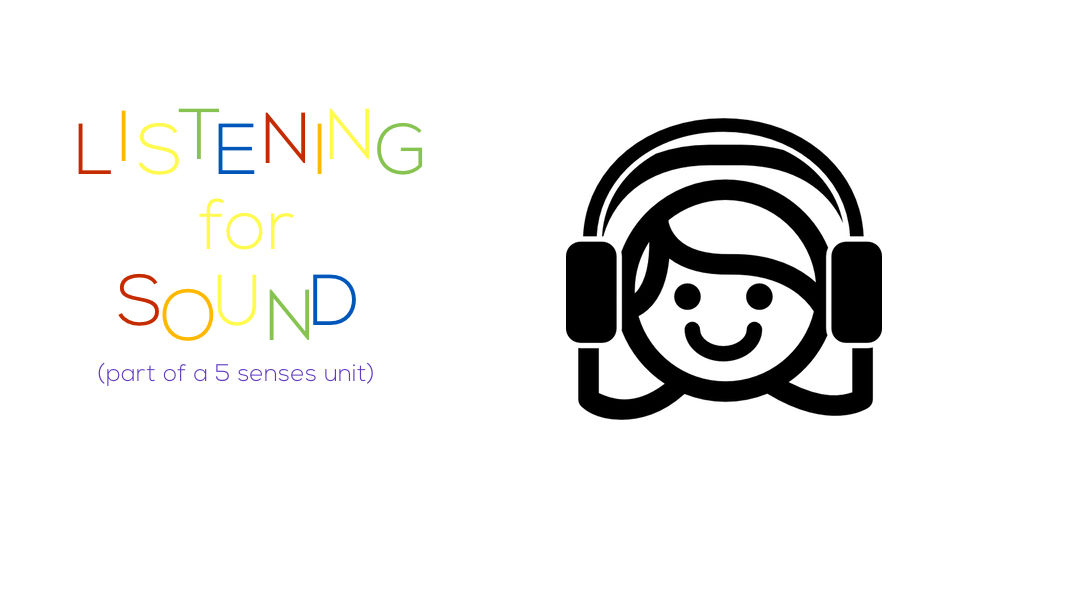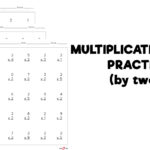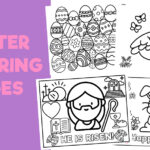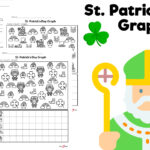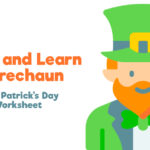Lesson Overview: In this lesson, students will learn that being a “good listener” means to be an active listener. Students will have the opportunity to practice active listening through two listening exercises that will require them to think about what is being heard and to adjust accordingly.
Recommended Grade Level(s): Pre-Kindergarten, Kindergarten, First, Second
Objective(s): Students will be able to...
- Verbalize that a "good listener" means thinking about what is being heard.
Materials:
- 1 chair
- 1 blindfold
Anticipatory Set:
Begin the lesson by stating the objective. Have students recall information from the previous lesson. Tell students that one of the most important jobs as a student is to be a good listener. Ask students what they think makes a good listener. Record their answers on chart paper--this is something that can be hung in the classroom as a reference throughout the school year. Tell students that in order to be a good listener, they have to think about what they are hearing. Explain that we hear sounds all the time, but we don't necessarily think about all of them. Active listening means we are thinking about what we are hearing. Tell students that they are going to explore their sense of sound by practicing active listening.
Guided Practice:
In a seated position, begin the listening exercise by tapping your legs with both hands. Have children join in. Tap and then clap, keeping a slow, but steady rhythm. Tell students that you want them to listen and repeat what you are doing. Because you want them to think about what they are hearing and not seeing, they are going to close their eyes. Continue to tap and clap using different variations. Change things up frequently so students have to really listen, think, and adjust.
Independent Practice:
Allow students to play the game "Voice Detectives". Ask students if they think they can recognize each other's voices. Divide the class into two teams. Choose one child from Team 1 to be "It". Sit the child in a chair and blindfold him/her. Choose another child from Team 2. That child knocks twice on the chair of the other team member. When the blindfolded child asks, "Who's there?" the visitor says, "Guess who?" If guessed correctly, the visitor is blindfolded and another player is chosen. If guessed incorrectly, the visitor gives a clue (no more than 3 words). Clues can be silly and get longer until the visitor is guessed. To make the game more challenging, add more than one visitor.
Closure:
Gather students together. Discuss the "Big Ideas" of the lesson. Ask students to share some things they learned about being an active listener. Did the students find it easy or difficult to actively listen? Listen to students as they turn to a neighbor and tell what it means to be a “good listener”.
Assessment:
Students will be assessed according to their ability to...
- Verbalize that being a "good listener" means thinking about what is being heard.

